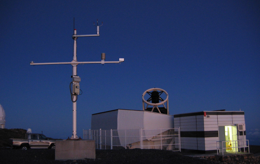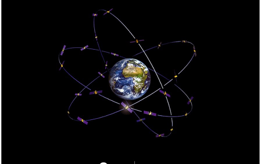ANDREJA GOMBOC’S HOMEPAGE
Gamma Ray Bursts are the most violent explosions in the Universe. They are unpredictable and short (~0.01 to 1000 s) gamma ray flashes coming from other galaxies, followed by longer lived (days to weeks) afterglow emission. Optical afterglows are nowadays routinely observed by purpose build robotic telescopes (e.g. the Liverpool Telescope). GRBs are produced by core collapse of massive, rapidly rotating stars, and by mergers of neutron stars and/or black holes.
Main fields of my research are transient astrophysical sources, such as gamma ray bursts and tidal disruption events in vicinity of massive black holes. I apply knowledge from general relativity also to the study of relativistic navigation satellite systems.
Member of: International Astronomical Union, European Astronomical Society, Marie Curie Fellows Association, Society of Mathematicians, Physicists, and Astronomers of Slovenia (president of the Slovenian Committee for Astronomy at DMFAS).
Research


Gamma Ray Bursts
Tidal Disruption Event occurs when a star or some other object (planet, asteroid, gas cloud) comes too close to a massive black hole and is shredded by the black hole's tidal forces. As the object is disrupted, its internal energy released and fallback of debris on the black hole produce a bright flare, which according to theoretical predictions can be seen from X-rays to ultra-violet and optical wavelengths and can last several weeks to years.

Tidal Disruption Events in vicinity of Massive Black Holes
Global Navigation Satellite Systems, such as ESA’s Galileo and GPS, have to consider effects of Einstein’s theory of relativity. There are two ways of including relativity in the description of such a system: one way is to keep the Newtonian description, and add a number of relativistic corrections; and the alternative, more consistent, approach is to describe the system directly in general relativity.
Relativistic Navigation Satellite Systems
Although the main goal of the European Space Agency’s Gaia mission is astrometric and photometric observation of stars in our Galaxy, Gaia is continuously scanning the sky and it is expected that it will discover a large number of transients, some of them extra-galactic (TDEs, GRB afterglows). More on Gaia Science Alerts Working Group. As part of mission preparation I modeled Gaia’s performance on stellar rotational velocity determination. I also did some research on rotational velocities in symbiotic stars.
Gaia Science Alerts, stellar rotational velocities etc.
ESA
ESA


